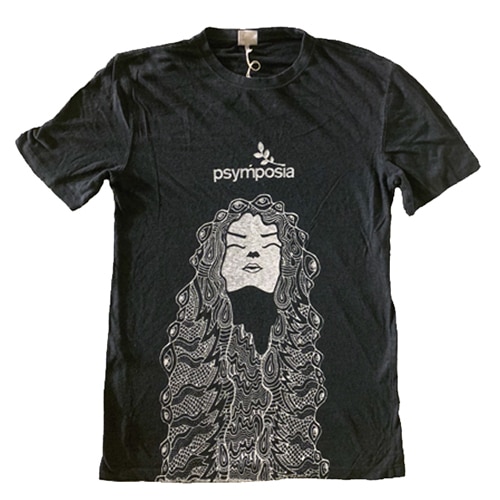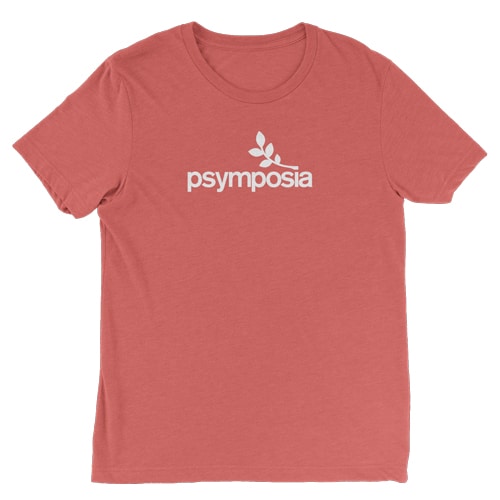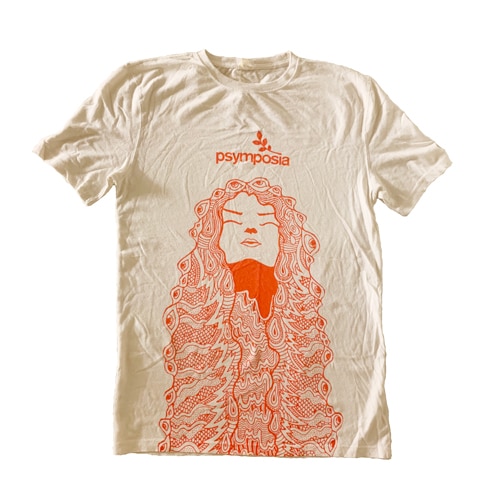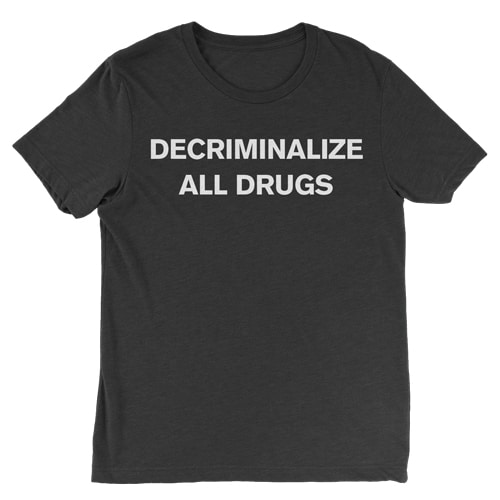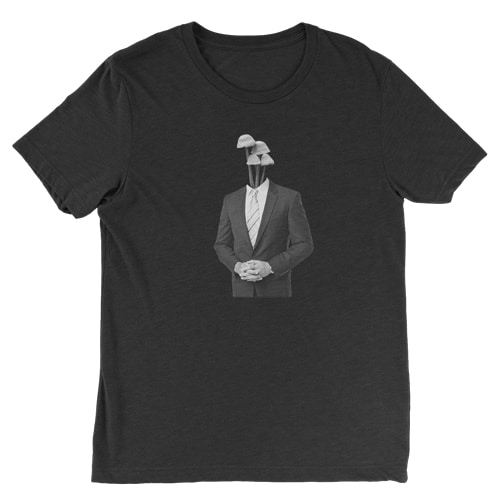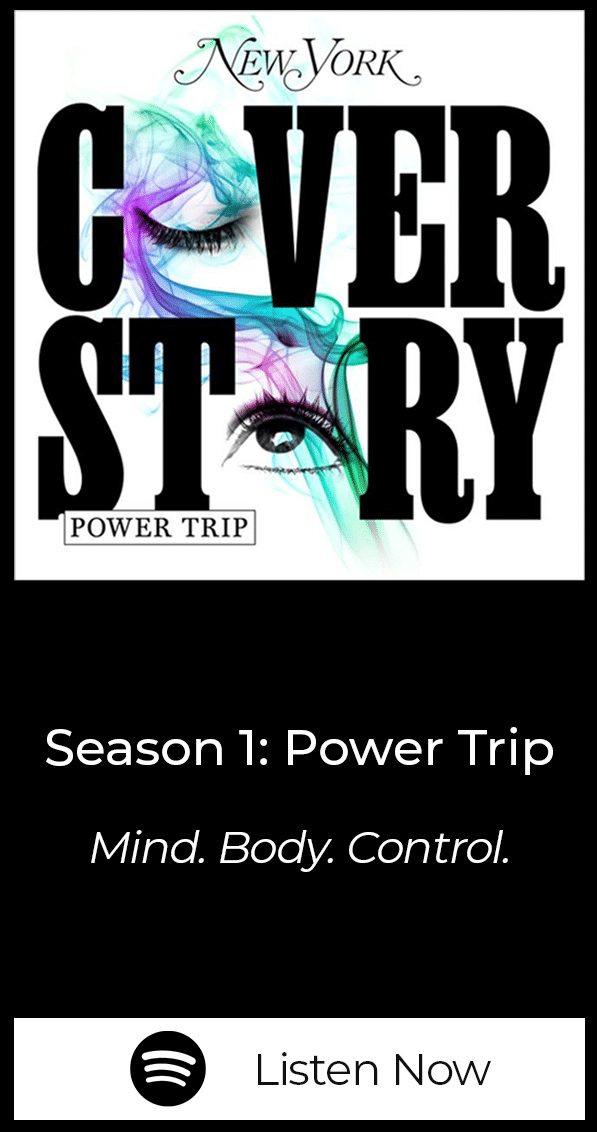Cartoon Dystopia: 25I-NBOMe and Why You Should Test Your LSD
Like the vast majority of psychonauts, I didn’t use a chemical reagent to verify I was taking LSD, even though I had been active in harm reduction work for three years prior and was aware of testing kits.
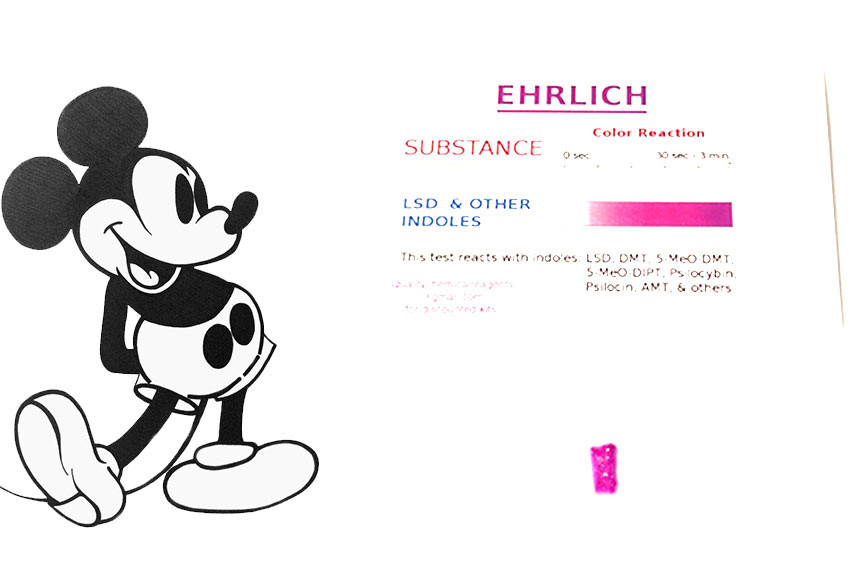
Psymposia is a 501(c)(3) nonprofit research and media organization that offers critical perspectives on drugs, politics, and culture. We rely on contributions from our readers and listeners. Your support is vital to sustaining Psymposia.
Support Psymposia’s independent journalism on Patreon and help us drive the Mystery Machine! We’re a bunch of meddling kids who are unmasking the latest shenanigans on the psychedelics beat.
When I took what I thought was LSD in a forested park, I had no idea I would end up hospitalized and experiencing the dimmest sense of hopelessness I’ve ever lived through. I didn’t know that I would enter a world where everything I interacted with was a macabre, illogical cartoon. I didn’t know that instead of the healing from a heart-shattering breakup I anticipated, I would hallucinate myself being shot, repeatedly, in front of a group of my loved ones. I didn’t know that what I’d taken was probably not LSD, but a research chemical — likely 25I-NBOMe.
25I-NBOMe is a designer drug that has only been around since 2010. Reporting on traumatic or negative experiences, hospitalizations, and deaths has been spotty at best, but it has been clearly linked to multiple instances of all three. From all accounts, though, its potential harm is still seemingly underestimated. Comparisons to LSD typically don’t factor into account that LSD — while often a difficult and emotional undertaking that can, in high doses and/or sensitive users, induce psychosis-like states — does not typically alter reality so fundamentally that users inhabit a new world of disjointed, dark illogic beyond the realm of explainable phenomena.
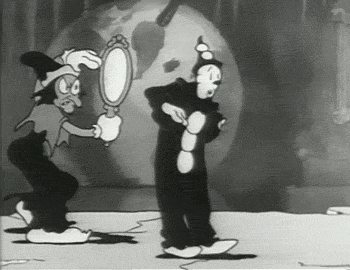
Until I researched it after being released from the hospital, I didn’t even know 25I-NBOMe existed. Like the vast majority of psychonauts taking consciousness-altering substances, I didn’t use a chemical reagent to verify I was taking LSD, even though I had been active in harm reduction work for three years prior and was aware of testing kits.
While fentanyl is rightfully given the brunt of media and academic attention due to its presence in over 20,000 yearly deaths, there are risks to taking any unregulated substance in the continued age of prohibition.
I knew within an hour of ingestion that what I’d taken was not LSD. As a relatively experienced user of psychedelics, there were clear differences between those experiences and this cartoonish trip.
Without a chance to test the substance after the fact, I don’t know definitively that what I took was 25I-NBOMe. The overwhelmingly negative effects, cartoonish landscape, colour tinting, and visual drifting I experienced have also been reported by others who have taken similar research chemicals like 2C-P, 2C-E, and 25x-NBOMe. While they overlap considerably in effects, however, 25I-NBOMe is increasingly one of the most common substances passed off as LSD.
The medical professionals who took care of me in the ER incorrectly told my family that I had been admitted for an “overdose,” and didn’t question the possibility that the substance I took could be laced. Mainstream medical communities have very little knowledge of psychedelics or emerging research chemicals, and I was lectured by every single provider before my discharge. Considering the number of drug-induced medical emergencies they must encounter, I don’t blame them, but it was the last thing I needed to hear in the state I was in.
For a different person, this horror story might be an excellent anecdote for D.A.R.E. propaganda about the inherently destructive nature of drugs and the fundamental irresponsibility of users. In this instance, I admittedly paid very little attention to harm reduction measures that might have saved me a hospital visit — most importantly testing my substance. But, also taking a smaller dose at first (I took one tab, which of course is often only a rough estimate of dosage) or having a trip sitter who might have grounded me more in reality when I was spinning out of control. I was irresponsible, and my experience was a wake-up call about how harmful substances really can be in certain settings.
Despite that, I couldn’t square any of the D.A.R.E.-type propaganda I’d been taught with the overwhelmingly euphoric and often transcendental experiences I’ve had on psychedelics. People take (and will always take) substances for a variety of reasons (recreational, spiritual, medicinal, therapeutic, etc.), and psychedelics in particular have had life-changing impacts on my own mental health and the mental health of millions of other users. Education programs and access to universal, quality healthcare would help reduce demand, but it would not end it.
After realizing I was internalizing the misinformation, scare tactics, and shaming that dominate contemporary drug education, I became angry. Criminalization is, primarily, what makes substance use harms catalyze so exponentially every year.
At 245.8 deaths per million people, the United States overwhelmingly leads the world in overdose death rates. This is starkly contrasted by countries like Portugal (which decriminalized all drugs in 2001), where only 3 citizens per million people die of an overdose each year. Criminalization is what made my substance type and dosage so unclear and, arguably, what perpetuated the mass production of research chemicals like 25I-NBOMe passed off as LSD, as suggested by the founders of the harm reduction and drug information website Erowid.org in this Reddit AMA.
There are many steps I could have taken to reduce my risk of entering a cartoonish hell populated by attack dogs, President Trump (that is one bizarre reality that my trip correctly predicted an entire year before the 2016 election), evil forest entities, and me, dying, in a perpetual loop in front of my loved ones. Stories like mine would be drastically reduced through measures like full drug decriminalization, legalization of psychedelics within therapeutic settings, universal access to quality healthcare, and the normalization of harm reduction as a fundamental pillar of drug education.
That’s my vision for the future. In the meantime, while bureaucratic government officials drag their feet on safer consumption spaces and the Affordable Care Act is perpetually at risk of being even further gutted, I think it’s essential that we have honest conversations about drug use and harm reduction that includes perspectives on the potential dangers of research chemicals like 25I-NBOMe, as well as how to keep each other safe.
Hey! Before you go… Psymposia is a 501(c)(3) non-profit media organization that offers critical perspectives on drugs, politics, and culture. We strive to ask challenging questions, and we’re committed to independent reporting, critical analysis, and holding those who wield power accountable.
Our perspectives are informed by critical analysis of the systemic crises of capitalism that have directly contributed to the unmitigated growth of addiction, depression, suicide, and the unraveling of our social relations. The same economic elite and powerful corporate interests who have profited from causing these problems are now proposing “solutions”—solutions which both line their pockets and mask the necessity of structural change.
In order for us to keep unpacking these issues and informing our audience, we need your continuing support. You can sustain Psymposia by becoming a supporter for as little as $2 a month.
